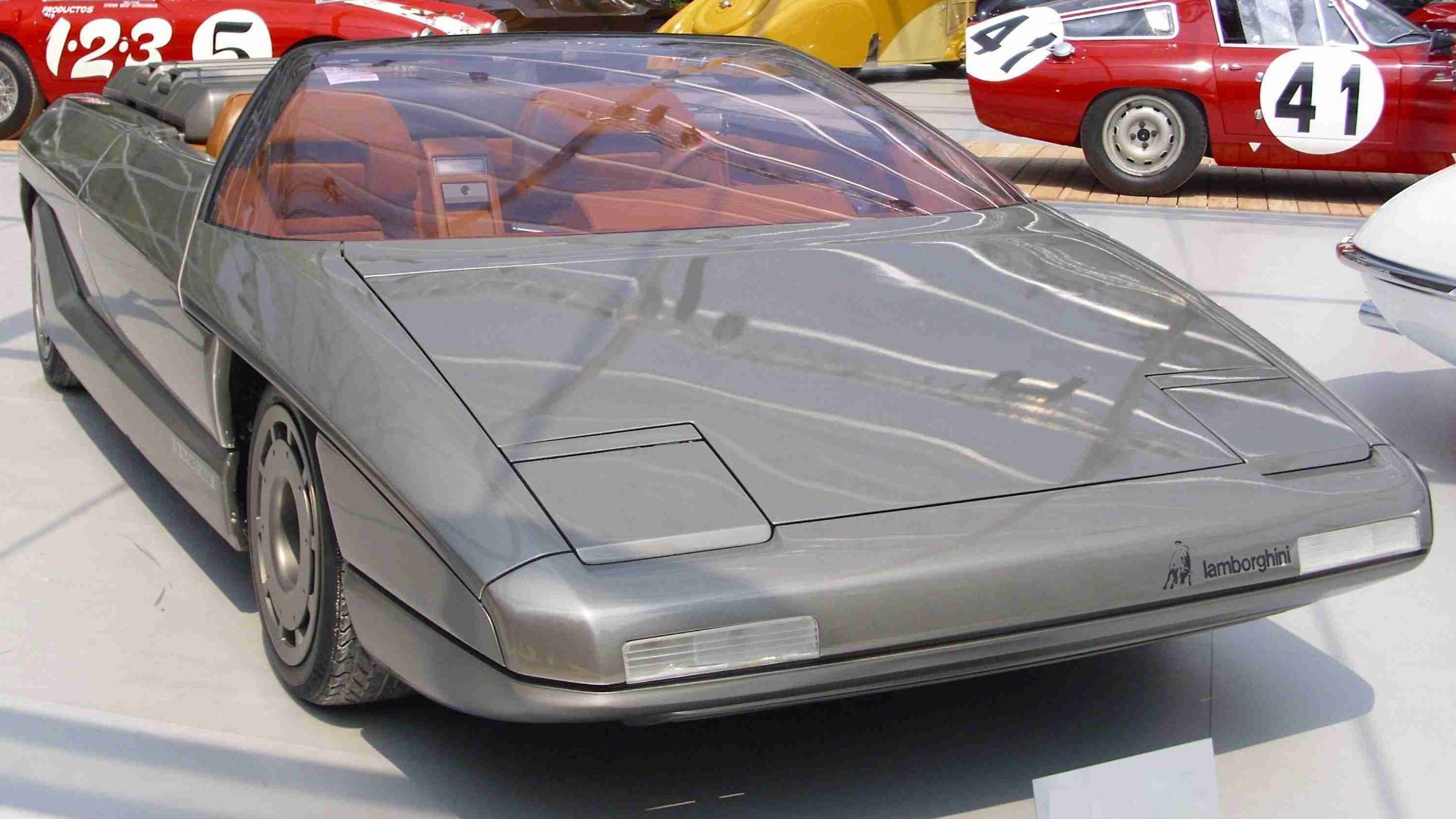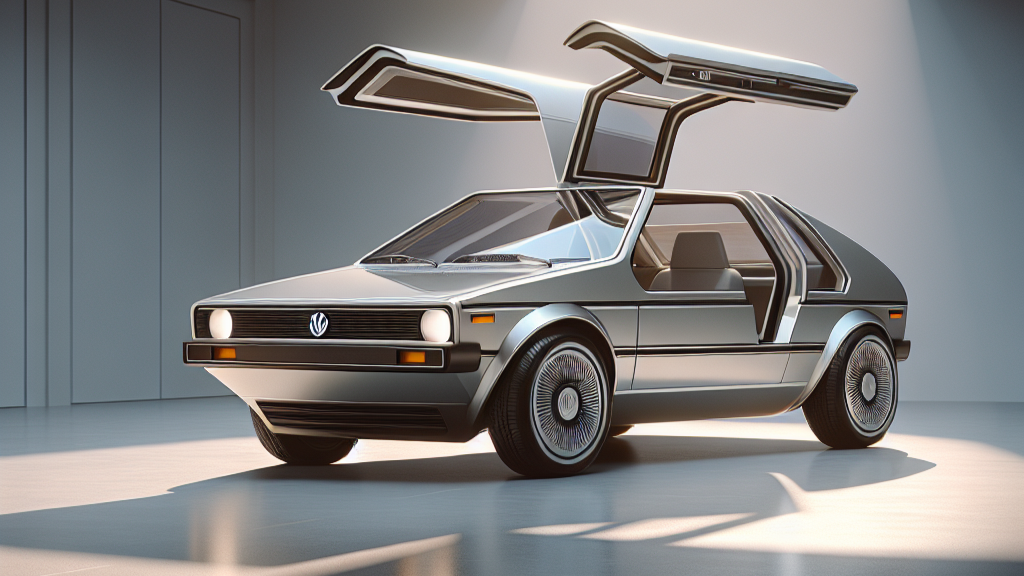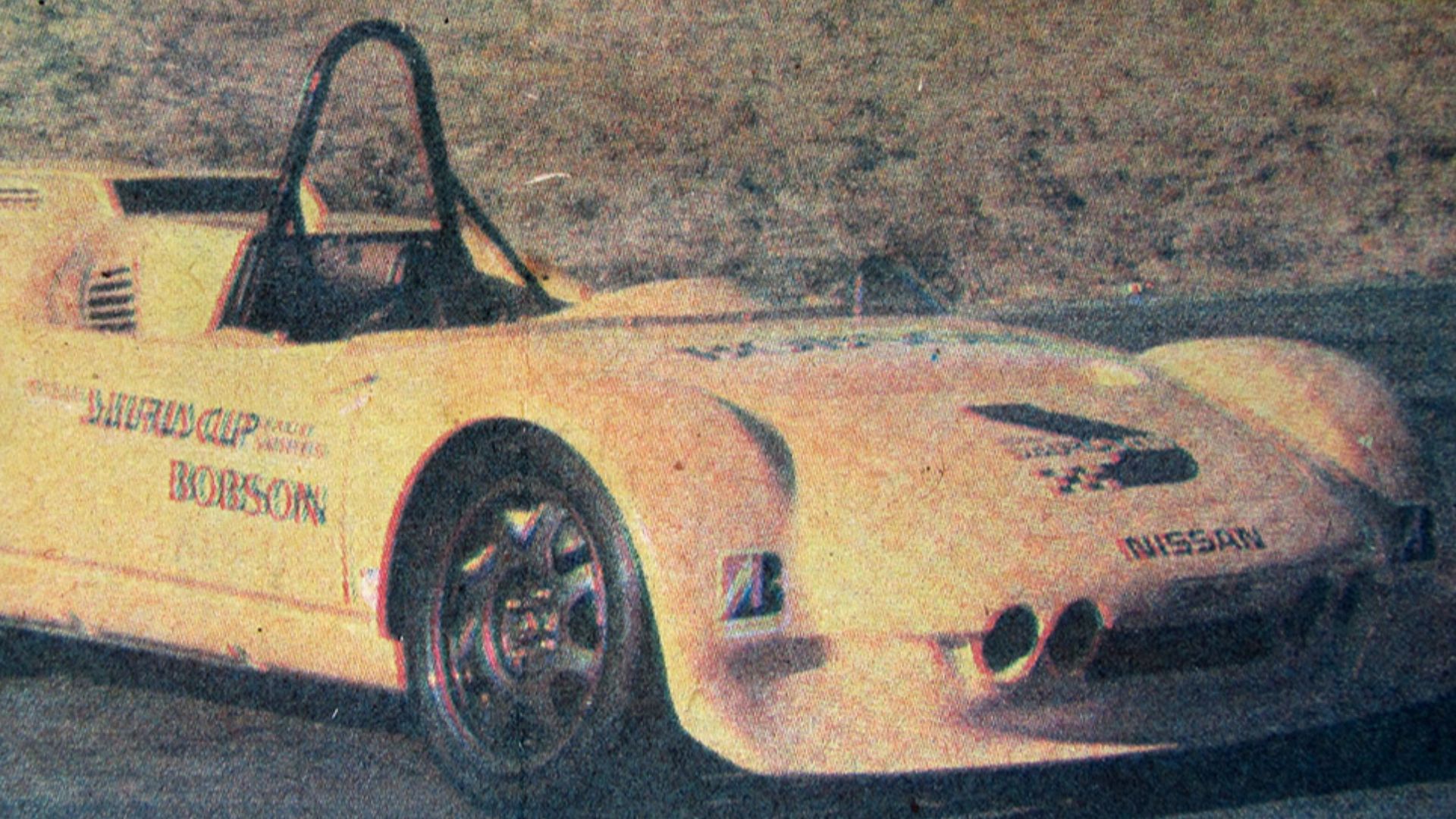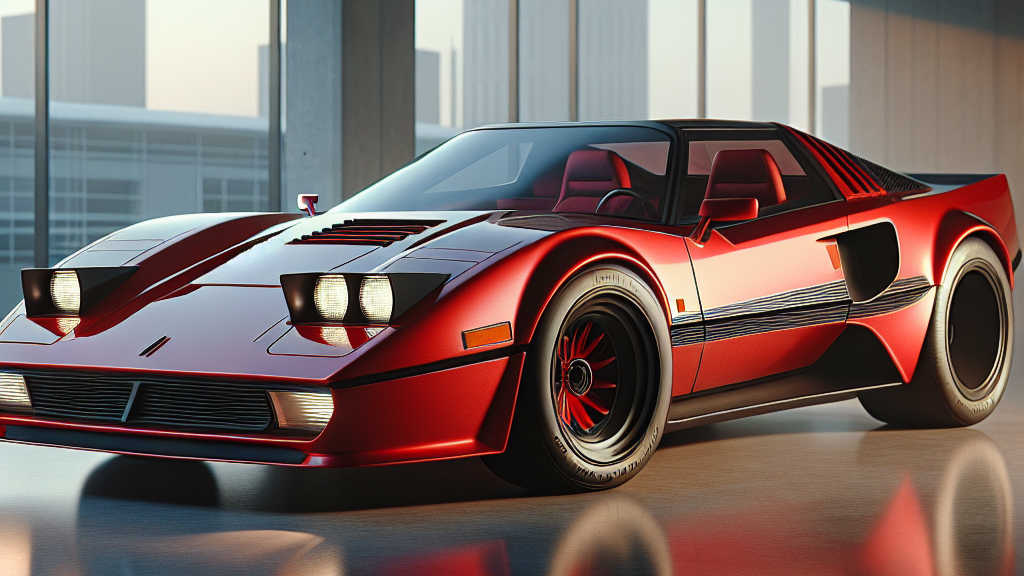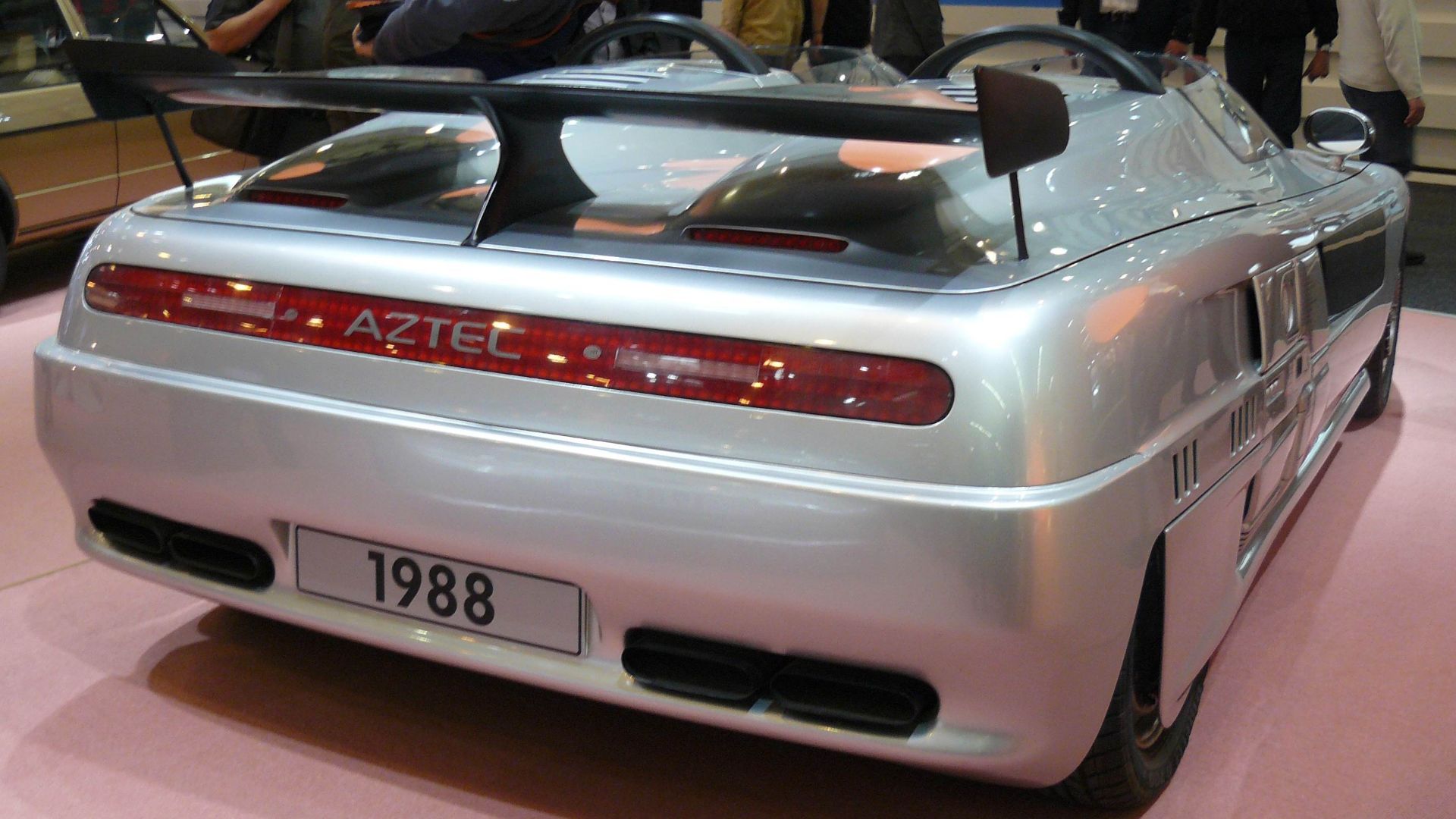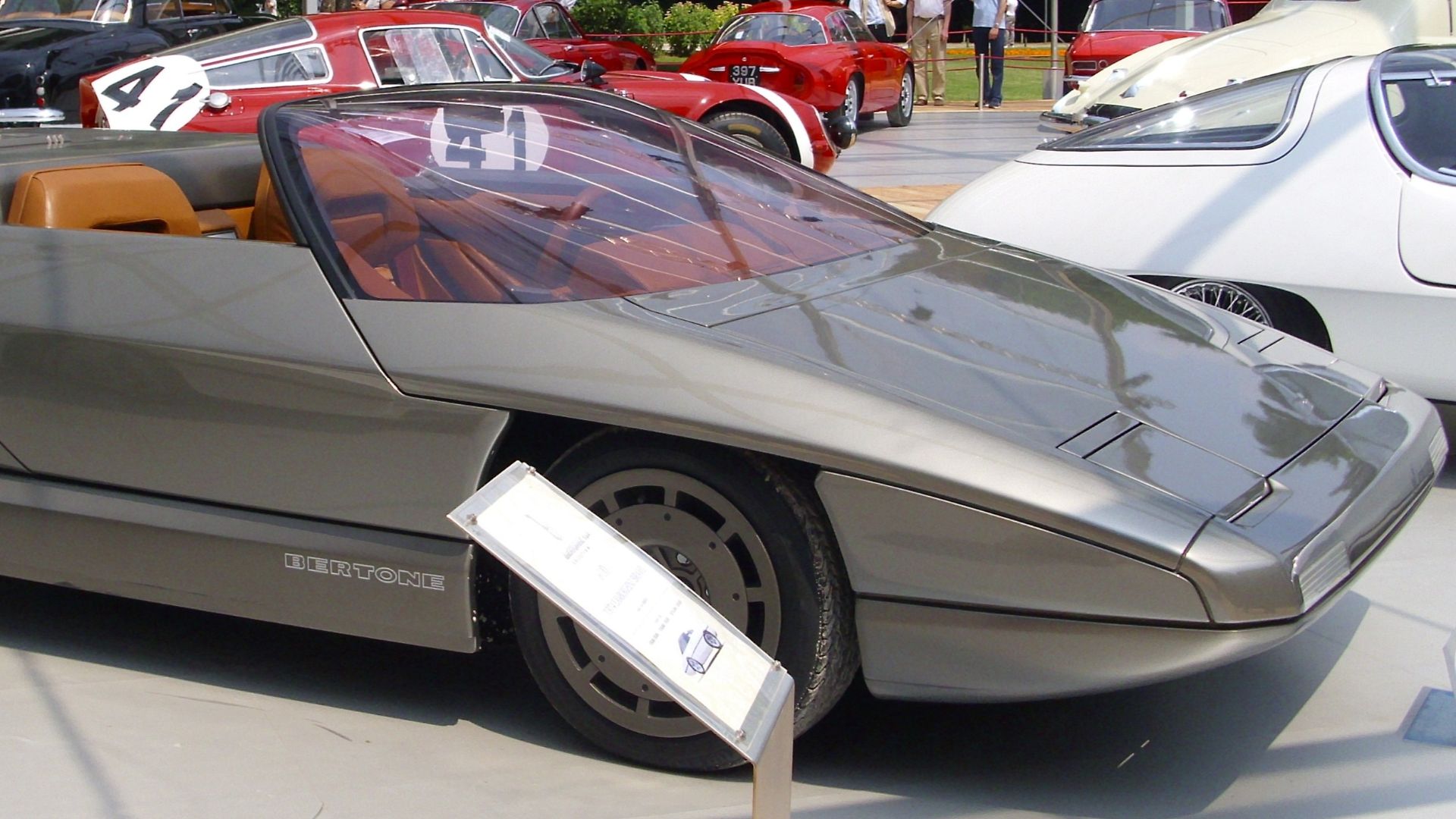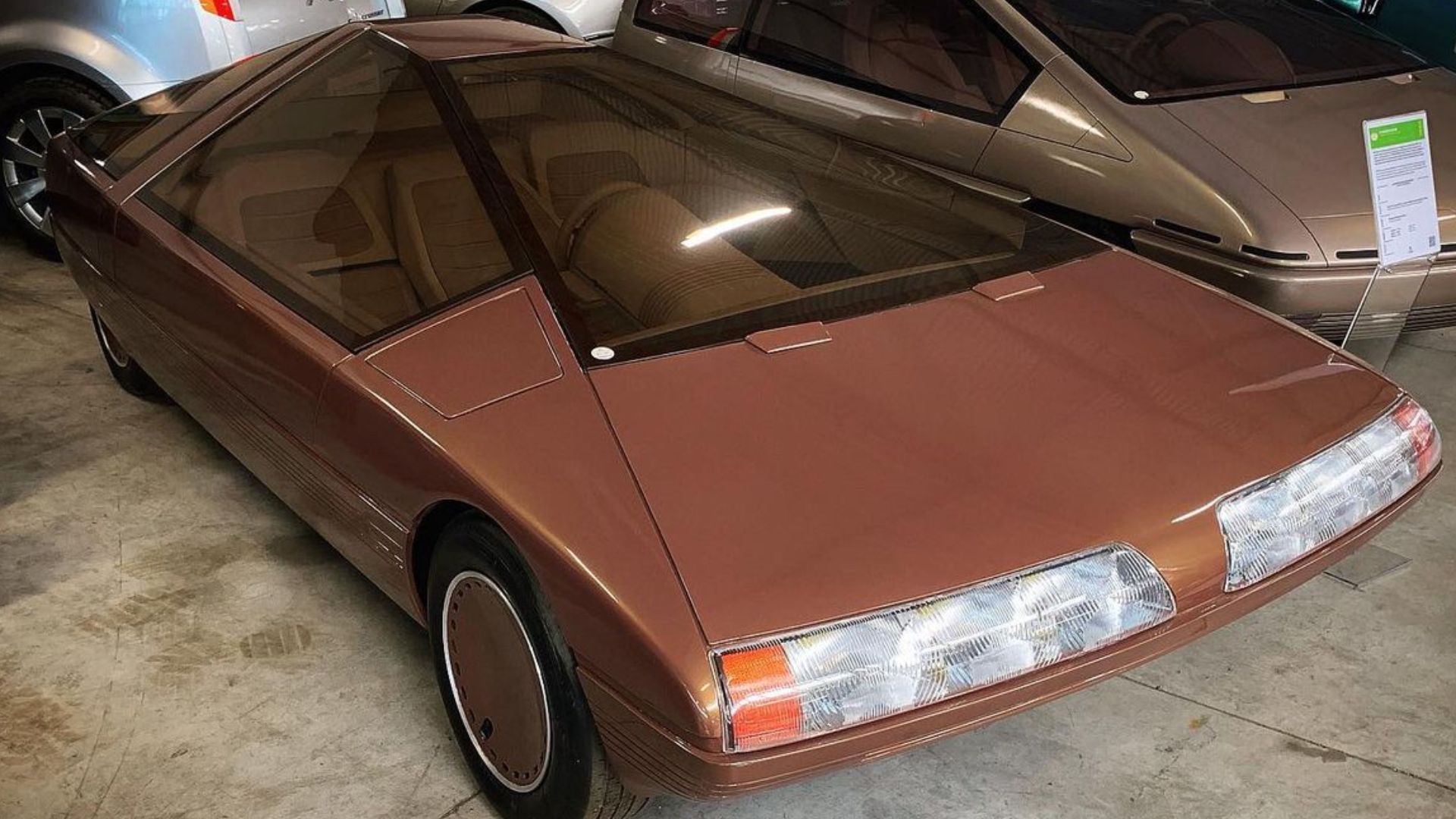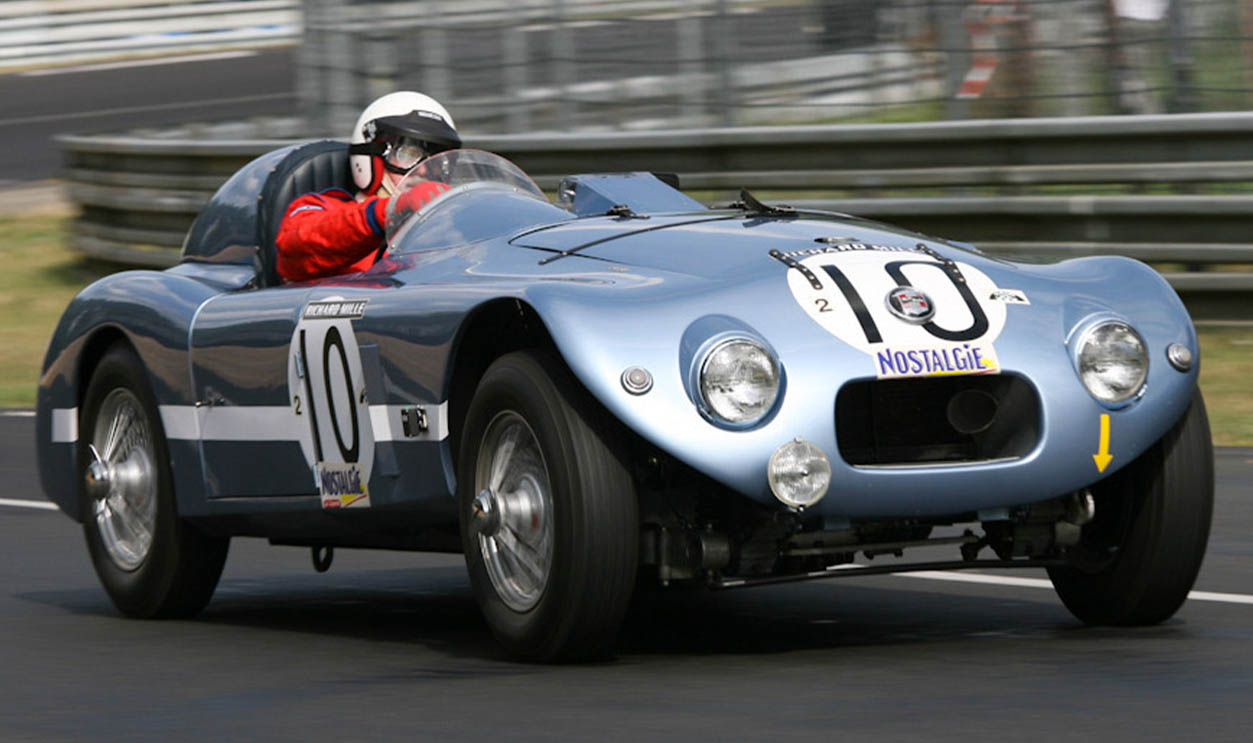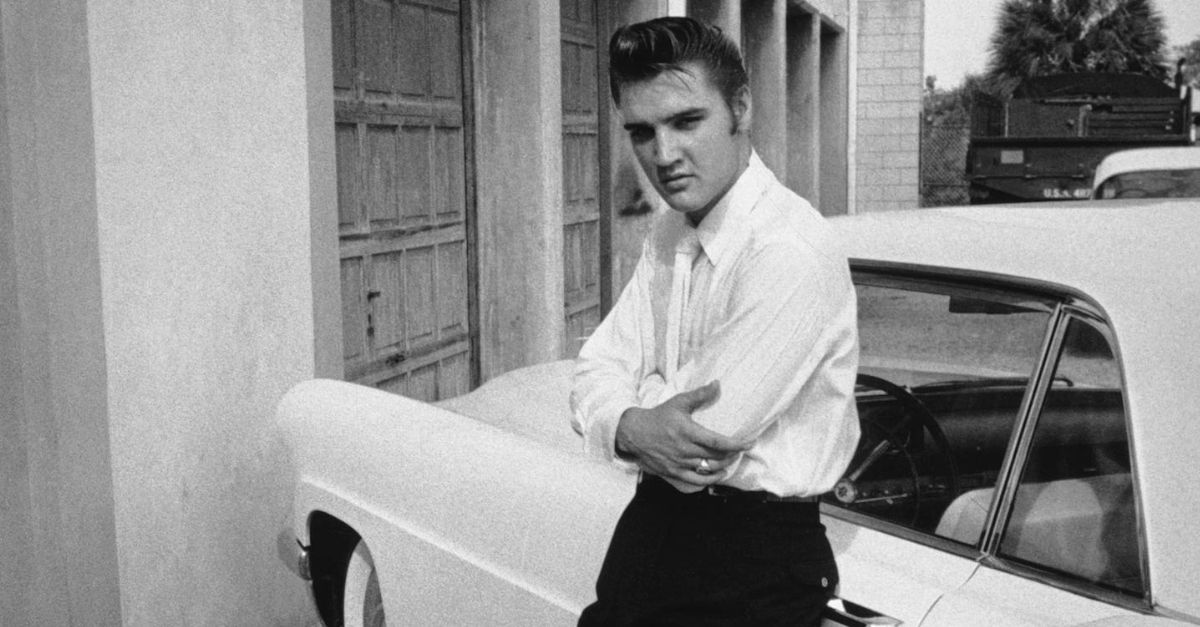Welcome To A Wacky Ride Through 1980s Concept Cars
The 1980s were a vision in neon and chrome, a decade when design studios threw caution to the wind and dreamed in vinyl, wedges, and wild technology. Concept cars of the era were bold statements of what could be—sometimes ludicrous, often magnificent, and always unforgettable. Let’s buckle up for a joyride through some of the wildest concept cars of that outrageous decade.

The Pyramid In Motion: Citroën Karin (1980)
Picture a pyramid on wheels that could seat three people under a giant glass canopy—meet the Citroën Karin, unveiled in 1980. Designed by Trevor Fiore, the Karin exhibited a striking triangular body, butterfly doors, and an enormous greenhouse that seemed to wrap the world around its passengers. It never made production, of course, but its theatrical design and daring layout still inspire dreamers today.
 Rob Bogaerts / Anefo, Wikimedia Commons
Rob Bogaerts / Anefo, Wikimedia Commons
Beige Majesty: Lamborghini Athon (1980)
From pyramid to plush wedge—we have the Lamborghini Athon, a concept penned by Marc Deschamps at Bertone to inject life into solvent-strapped Lamborghini. Built on a Silhouette mid-engine chassis and housing a 3.0‑liter V8, its sharp angles, geometric panels, and soothing beige tone made it weirdly cool. Production? Never happened—but it was a bold future manifesto.
Chevy's Mid‑Engine Daydream: Corvette Indy Concept (1986)
Chevy hopped into the mid‑engine supercar game with its 1986 Corvette Indy Concept. Sporting a Lotus‑derived mid‑mounted 2.6‑liter V8 rated at roughly 600 hp, it previewed what the future ‘Vette could become. It certainly influenced speculation and rumor of mid‑engine Corvettes, culminating decades later in a production version—but for the 1980s, it stayed a beautiful showpiece.
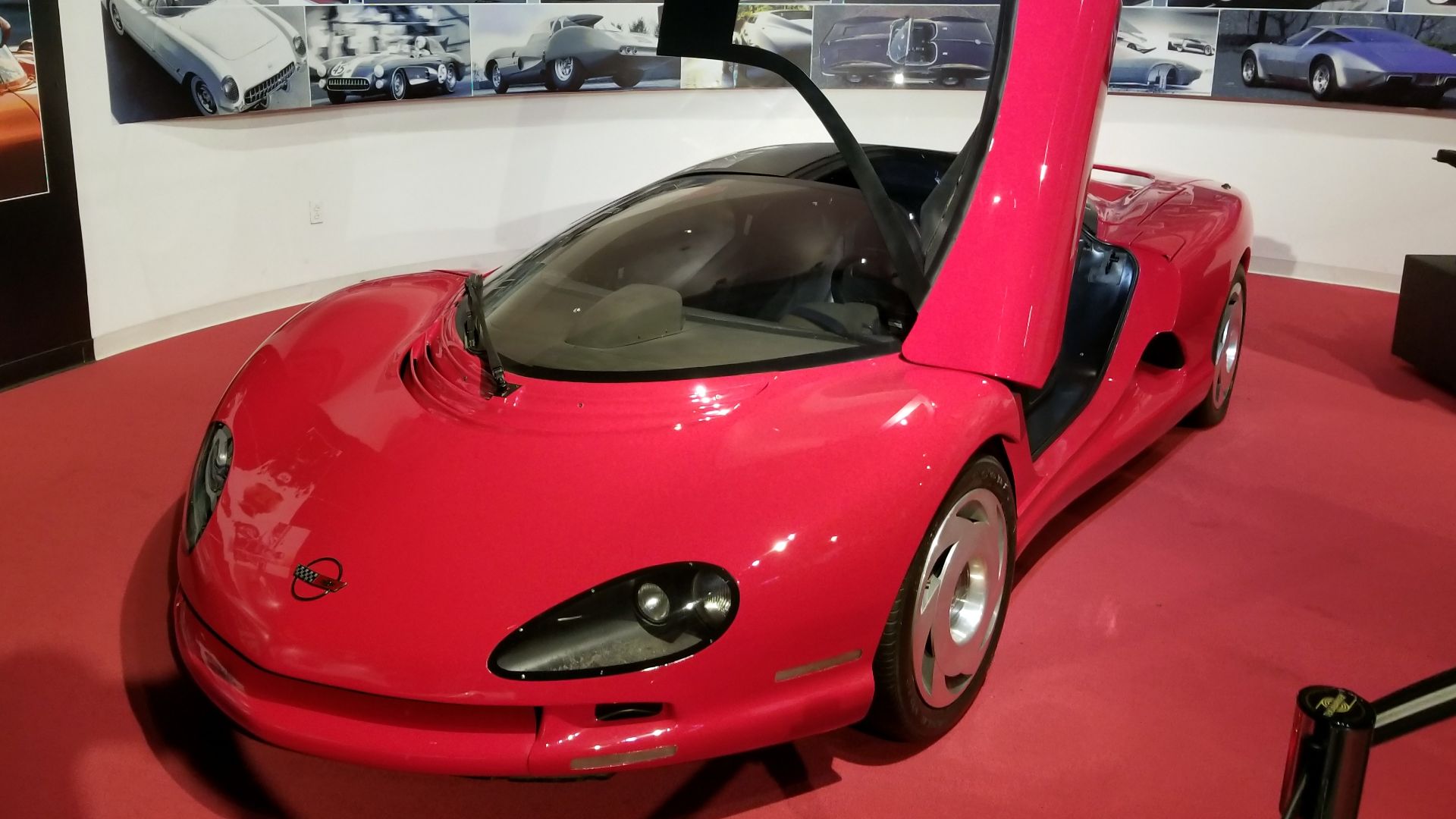 Cartwright80, Wikimedia Commons
Cartwright80, Wikimedia Commons
Buick Goes Wild: Buick Wildcat (1985)
Buick let its hair down with the 1985 Wildcat concept, part of GM’s show‑car extravaganza. Under its forward‑tilting canopy, it housed a McLaren V‑6 with 360 hp powering all four wheels. A head‑up display and center‑mounted digital dash gave it high‑tech appeal—very “Blade Runner with bad toupees.” No production model followed, but the Wildcat remains a fun relic.
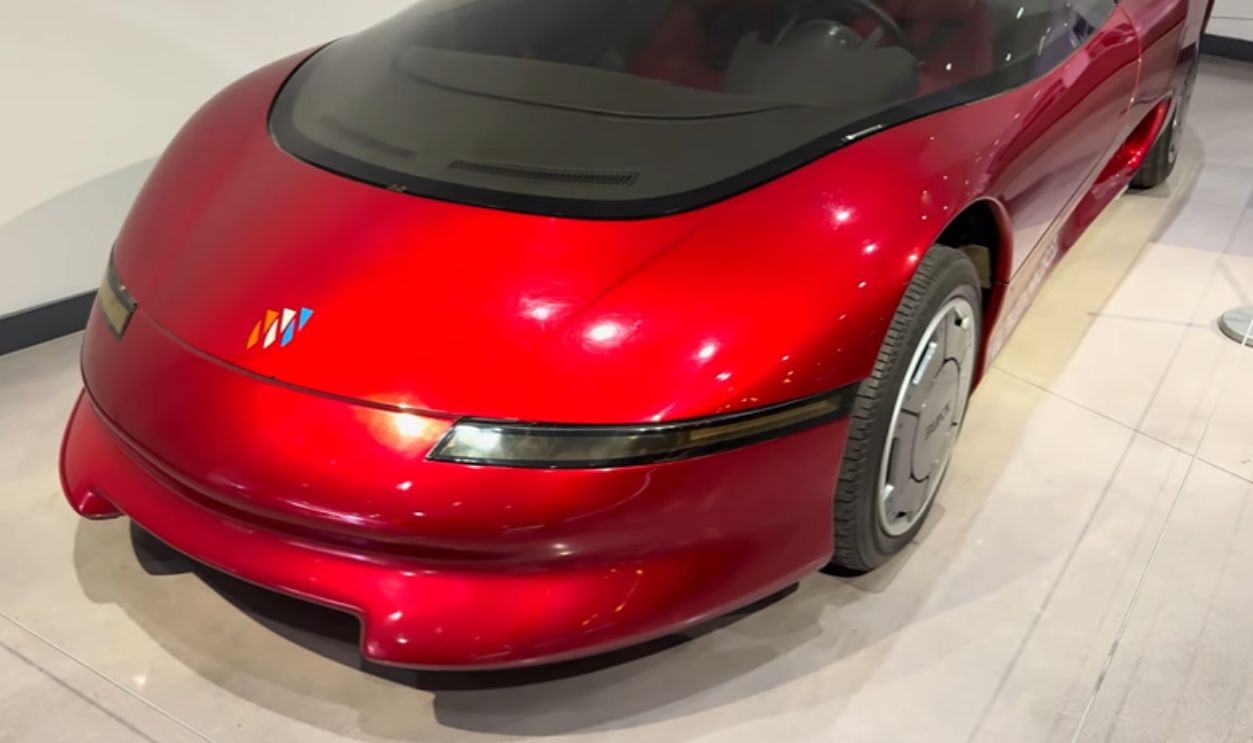 1985 BUICK WILDCAT Concept, UnPack (Your everyday YouTube channel)
1985 BUICK WILDCAT Concept, UnPack (Your everyday YouTube channel)
Star Power From France: Peugeot Quasar (1984)
The Peugeot Quasar from 1984 is pure science‑fiction on wheels. Built on the Group B 205 T16 rally bones, it featured a 600 bhp twin‑turbo four‑cylinder and a futuristic scissor‑door entry. Designer Paul Bracq dreamed up an interior drenched in scarlet, right out of “Blade Runner.” It’s preserved in France’s L’Aventure Peugeot museum, but no production version ever blurred past the design stage.
 Alf van Beem, Wikimedia Commons
Alf van Beem, Wikimedia Commons
Peugeot Proxima: Every Inch A Spaceship (1986)
Peugeot wasn’t done dreaming. Enter the Proxima (1986), mid‑engine, all‑wheel‑drive, with a twin‑turbo V6 pumping out 680 hp and 448 lb‑ft. A five‑speed manual transmission and sci‑fi aesthetics paid homage to its name, inspired by Proxima Centauri. It shone at the Paris Motor Show—but remained just a stellar concept.
 Brian Snelson, Wikimedia Commons
Brian Snelson, Wikimedia Commons
Italian Oddball: Italdesign Aztec (1988)
The Italdesign Aztec is part time machine, part speedster—and all weird. Debuting in 1988, its most unforgettable quirk? Separate cabins for driver and passenger, requiring electronic intercom to talk. Sporting gull‑wing visors, a turbo‑charged Audi I5, and 4WD from a rally‑bred Lancia, only around 18 were ever built—technically short‑run production, but practically a concept myth come alive.
 Alexander Migl, Wikimedia Commons
Alexander Migl, Wikimedia Commons
Honda’s Carbon‑Fiber Jet: HP‑X (1984)
Honda’s HP‑X from 1984 looked like a fighter jet cruising on wheels. Built by Pininfarina, it featured a clear Perspex canopy that doubles as an airbrake, a 2.0‑liter DOHC 24‑valve V6, and futuristic materials like carbon fiber, Kevlar, and honeycomb panels. It boasted early GPS, a CD player, real‑time telemetry and even sonar for road‑condition alerts—Honda’s “electronic driver support system.” It never reached showrooms, but influenced later NSX design.
 The best supercar never made? This is the Honda HP-X!, Petersen Automotive Museum
The best supercar never made? This is the Honda HP-X!, Petersen Automotive Museum
VW Family Future: Volkswagen Orbit (1986)
VW partnered with Italdesign again on the Orbit concept in 1986. Built on the Golf Mk2 Syncro, the taller, glass‑rich body and digital dashboard hinted at a future compact multi‑use vehicle. It never became a production model, but paved a conceptual path toward MPVs and digital instrumentation.
The Twin Roadster Saurus: Nissan Saurus (1987)
At the 1987 Tokyo Motor Show, Nissan unveiled the Saurus—an edgy roadster with 2.0‑liter turbo engine and bulging fenders, channeling Lotus Seven vibes. Marketed alongside the Jura minivan concept, Saurus was meant to be a fun pair; one for thrill, one for family. Neither made it to showrooms, but the pairing illustrated Japanese radical thinking of the era.
Briggs & Stratton’s Six‑Wheeler Hybrid (1980)
You wouldn’t expect Briggs & Stratton—a lawn‑mower engine maker—to build a concept car, but in 1980 they did: a six‑wheel hatchback hybrid pairing an 18‑hp air‑cooled twin with an 8‑hp electric motor. Ten car batteries rode in the rear, regenerative braking charged them, and it approached 60 mph eventually—while boasting an impressive 85 mpg for frugal drivers. A quirky EV pioneer that never advanced to production.
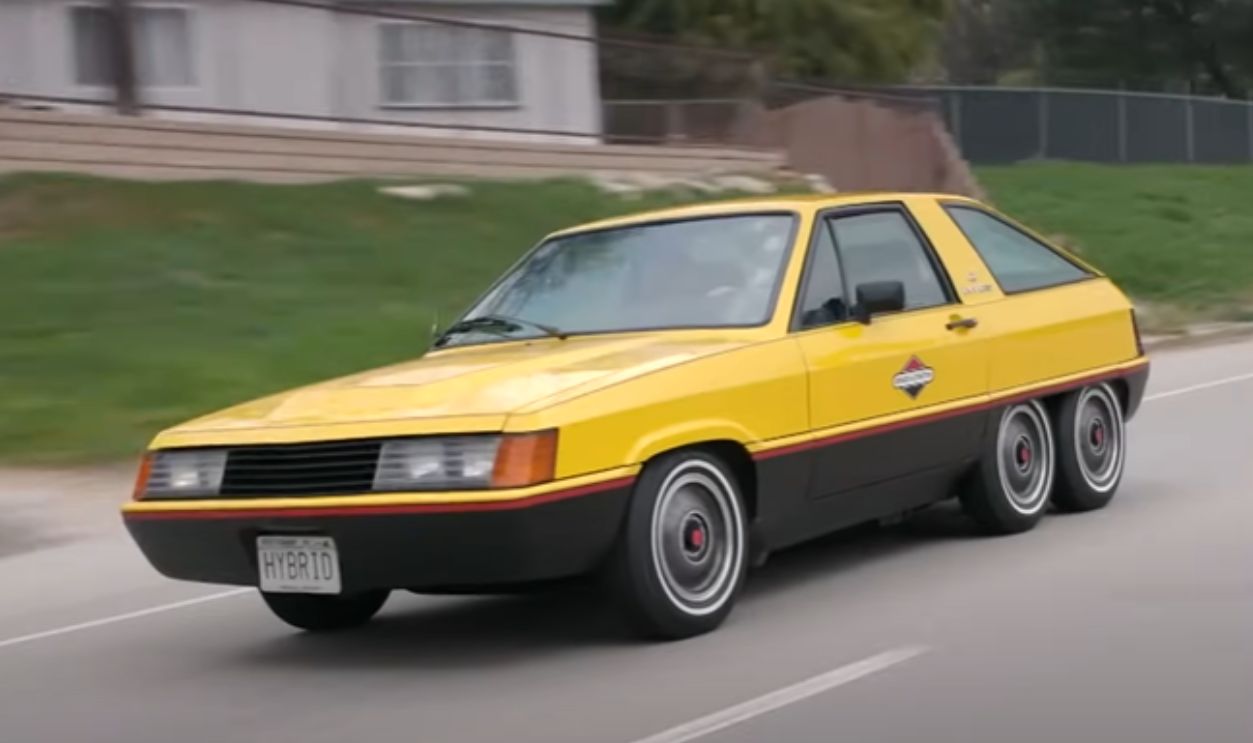 1980 Briggs & Stratton Hybrid - Jay Leno’s Garage, Jay Leno’s Garage
1980 Briggs & Stratton Hybrid - Jay Leno’s Garage, Jay Leno’s Garage
Ford’s Vision: Probe III (1981)
Before the tainted “Probe” name landed on a production car, Ford’s Probe III concept in 1981 previewed aerodynamic styling that eventually trickled into the Sierra, Taurus, and Mustang GT. It showed louvered taillights and sweeping curves, an early glimpse at where Ford styling was headed—even if the concept itself didn’t hit showrooms.
 Concept Cars: Ford Probe 3 & Seeka, Men and Motors
Concept Cars: Ford Probe 3 & Seeka, Men and Motors
Ford’s Mid‑Engine Sports Dream: Ford Maya (1984)
Ford flirted with building a mid‑engine sports car for America in the form of the Maya concept (1984). Designed by Giugiaro, it featured a placeholder engine but was set up for a 250‑hp 3.0‑liter V6 co‑developed with Yamaha. Though shelving followed, its exotic styling remains a standout “what if” of American car lore.
Cizeta‑Moroder V16T: Hollywood Meets Hypercar (1989)
Giorgio Moroder—the synth maestro behind “Blade Runner” vibes—teamed with Claudio Zampolli to build the Cizeta‑Moroder V16T in the late 1980s. With a V16 engine capable of 200 mph+ and an estimated cost over $280,000 (around $628,000 today), it was a wild, opulent supercar prototype. No production resulted—financial collapse ended the dream.
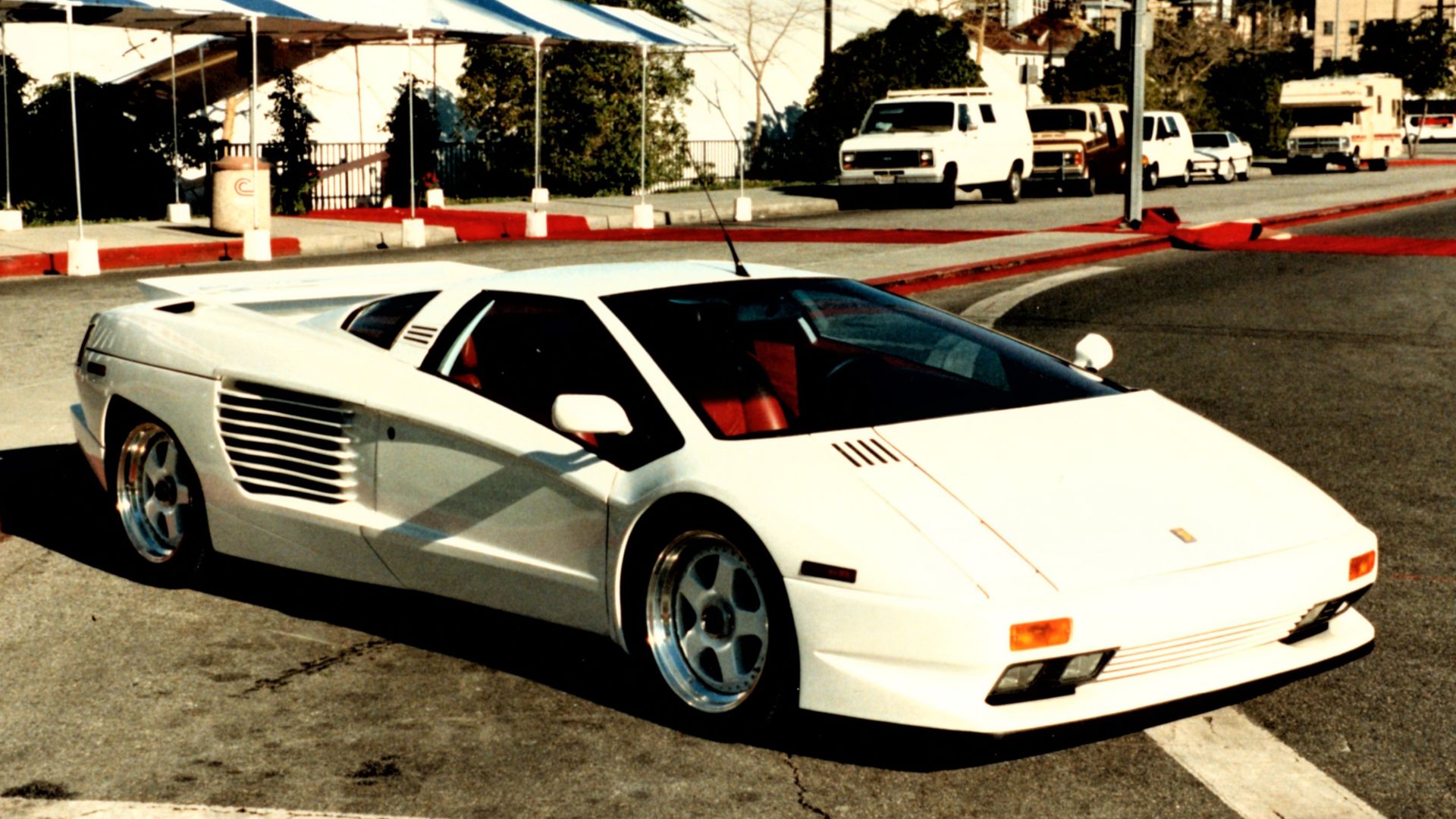 Alden Jewell, Wikimedia Commons
Alden Jewell, Wikimedia Commons
The Influence of Aerodynamics & Tech
Across these wacky creations, a shared thread runs: aerodynamic shapes, exotic materials, tech‑heavy dashboards—all foreshadowing production trends. Designers in the 1980s were free to dream big, riffing on wedges, glasshouses, digital displays, strange cabins, and hybrid power—playgrounds for ideas, even if most never hit roads.
 Brian Snelson from Hockley, Essex, England, Wikimedia Commons
Brian Snelson from Hockley, Essex, England, Wikimedia Commons
What Made Them So Wild?
These concepts were wild because they were unconstrained. No need for crash safety, cost concerns, or showroom conformity—they were pure creative expression on wheels. Whether pyramid‑shaped, canopy‑topped, dual‑cockpited, or V‑16‑powered, they reveled in the freedom of imagination.
Production Comparisons: Few, Far Between
While most of these cars never spawned production versions, some ideas did trickle down: digital dashboards, aerodynamic body lines, mid‑engine layouts (years later), and advanced materials—like the carbon fiber future in HP‑X—filtered into cars like the NSX, supercar platforms, and MPVs. Still, the bulk of these concepts remained singular statements, not mass‑market reality.
Why We Still Love Them
Nostalgia for boldness, perhaps. These cars represent a time when carmakers weren’t just selling mobility—they were selling visions. They dared to dramatize the future—whether Sci‑Fi, radical practicality, or sheer over‑the‑top flair. That sense of daring still thrills us today.
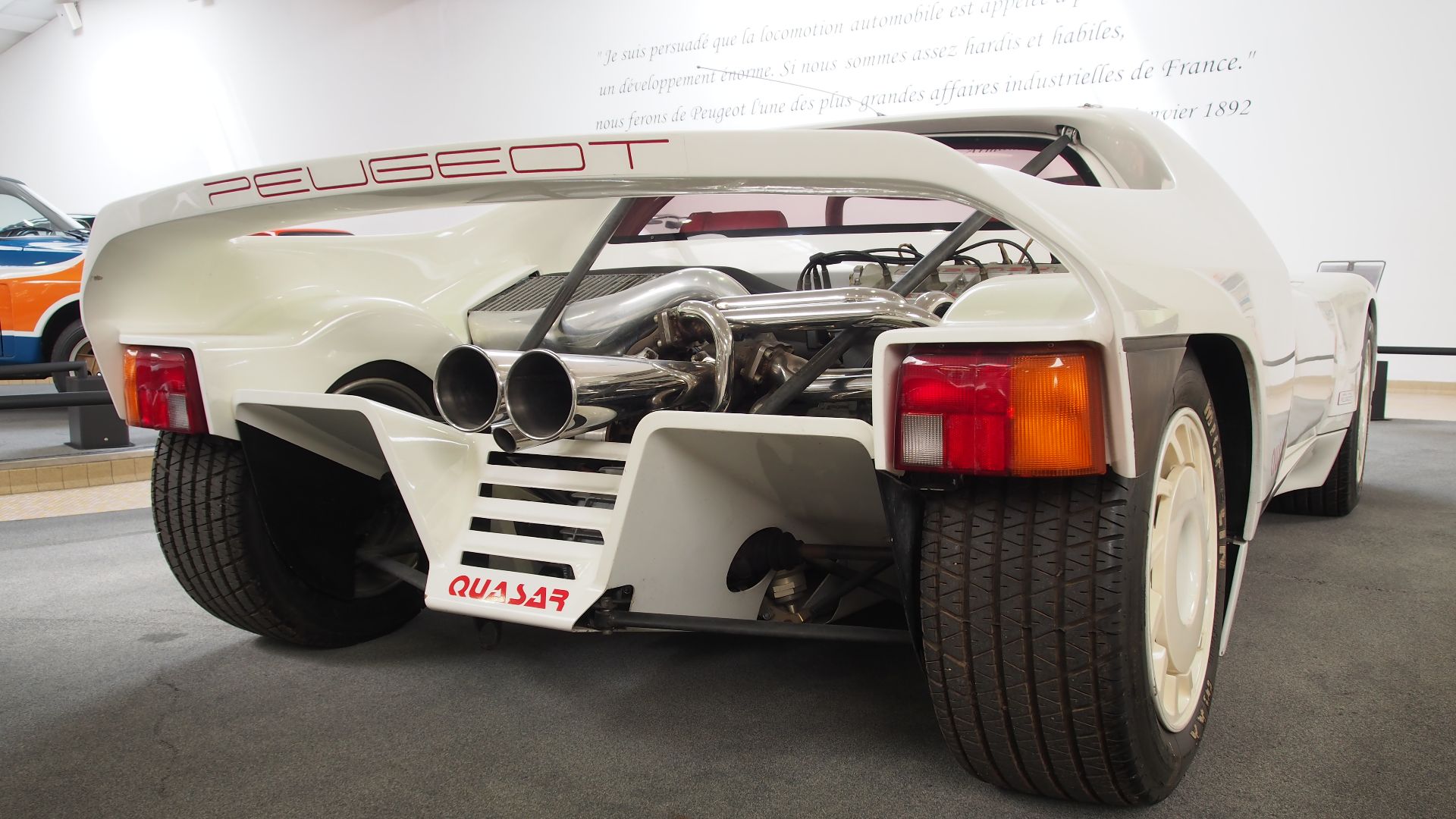 Alf van Beem, Wikimedia Commons
Alf van Beem, Wikimedia Commons
Where Are They Now?
A few survive in museums: Quasar at L’Aventure Peugeot, HP‑X lovingly restored, and even those 18 Aztecs floating through collector auctions. Others live on only in sketches, die‑casts, and our imagination—but they carry the DNA of daring design forward.
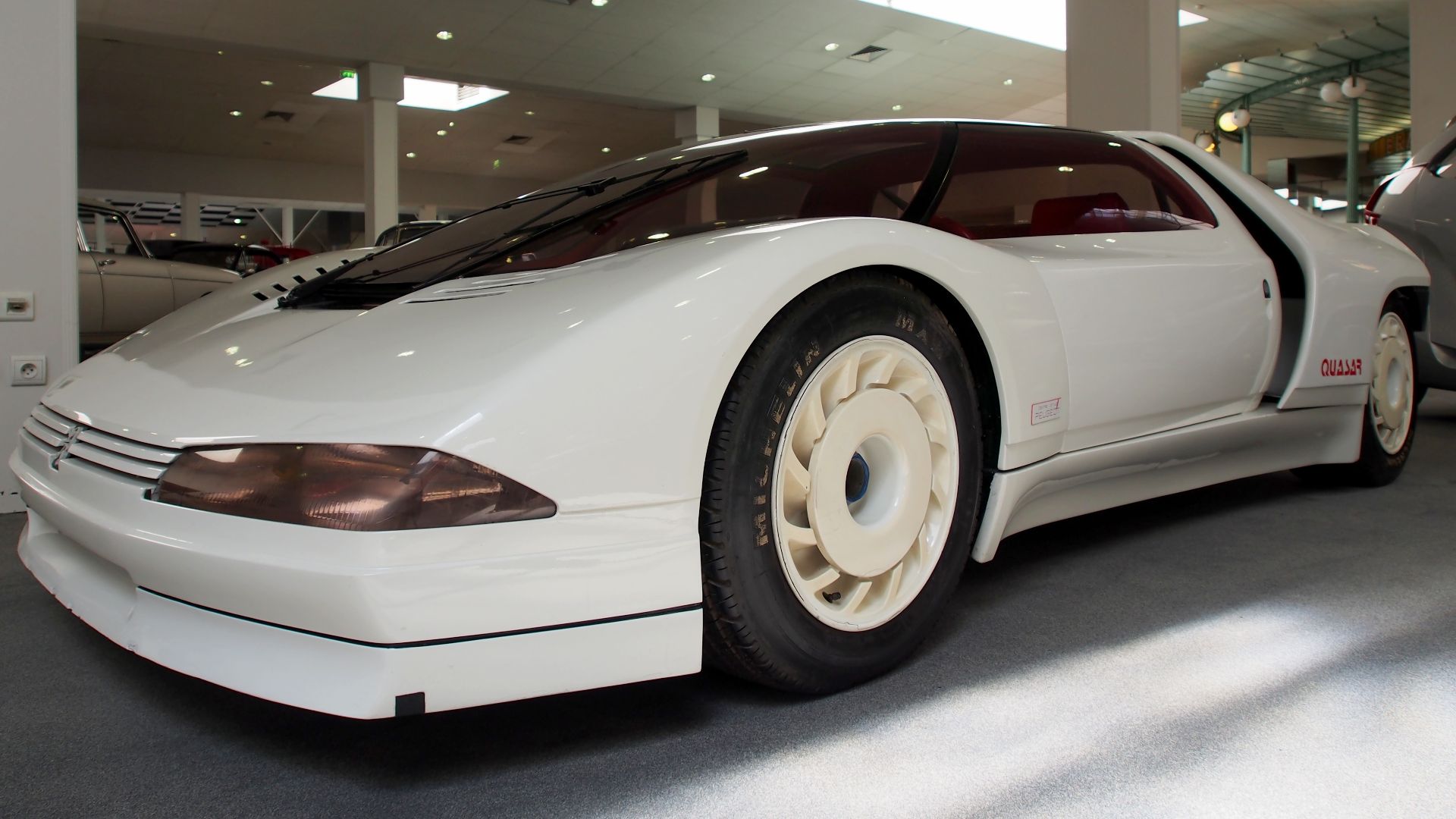 Alf van Beem, Wikimedia Commons
Alf van Beem, Wikimedia Commons
The Lessons Learned From These Crazy Concepts
From these concepts we learned that pushing design boundaries can illuminate future trends, even if the full vision never sells. Show‑cars serve as labs—and amusement parks—for ideas that may evolve, fragment, or inspire long after their moment in the spotlight.
 Cartwright80, Wikimedia Commons
Cartwright80, Wikimedia Commons
The 1980s: A Decade Of Unapologetic Style
Every decade has its statement; in the 1980s it was uncompromising style mixed with flashy tech. Concept cars of that era were fearless, often camp, always memorable—and they captured a cultural spirit we still geek out over.
Dream Cars, Forever
If there’s one takeaway, it’s that the wackiest concept cars can leave the biggest impression. They remind us why we love cars—not just for transport, but for dreams, daring, and possibility.
The Spirit Lives On
The wildest concept cars of the 1980s may never have become everyday commuters, but they remain icons of creative freedom. They show how designers said “what if we just…?” and followed it with metal, glass, and rocket‑ship dashboards. So here’s a toast to the dreamers—and may their bold visions continue to inspire.
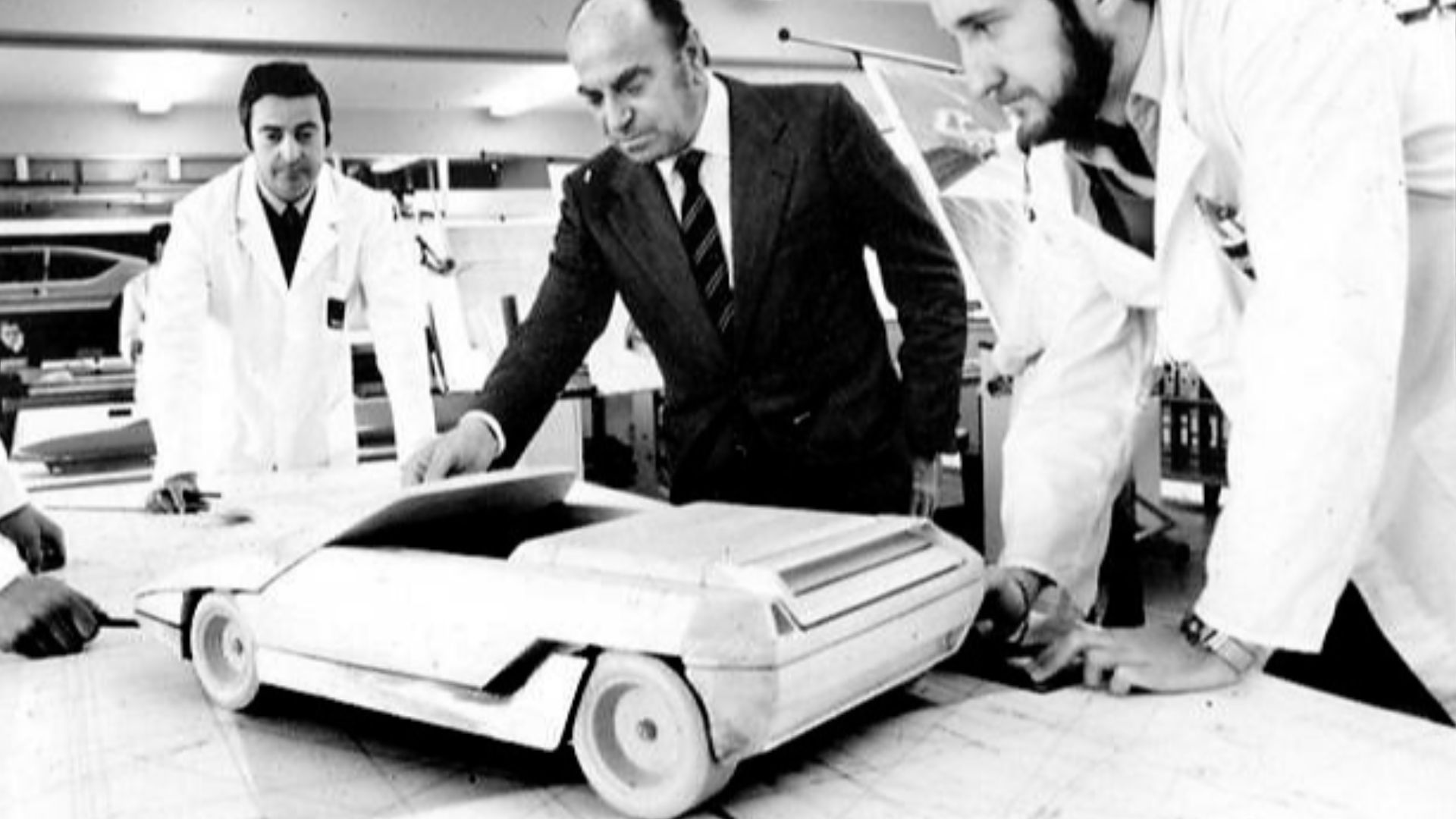 Unknown photographer, Wikimedia Commons
Unknown photographer, Wikimedia Commons


